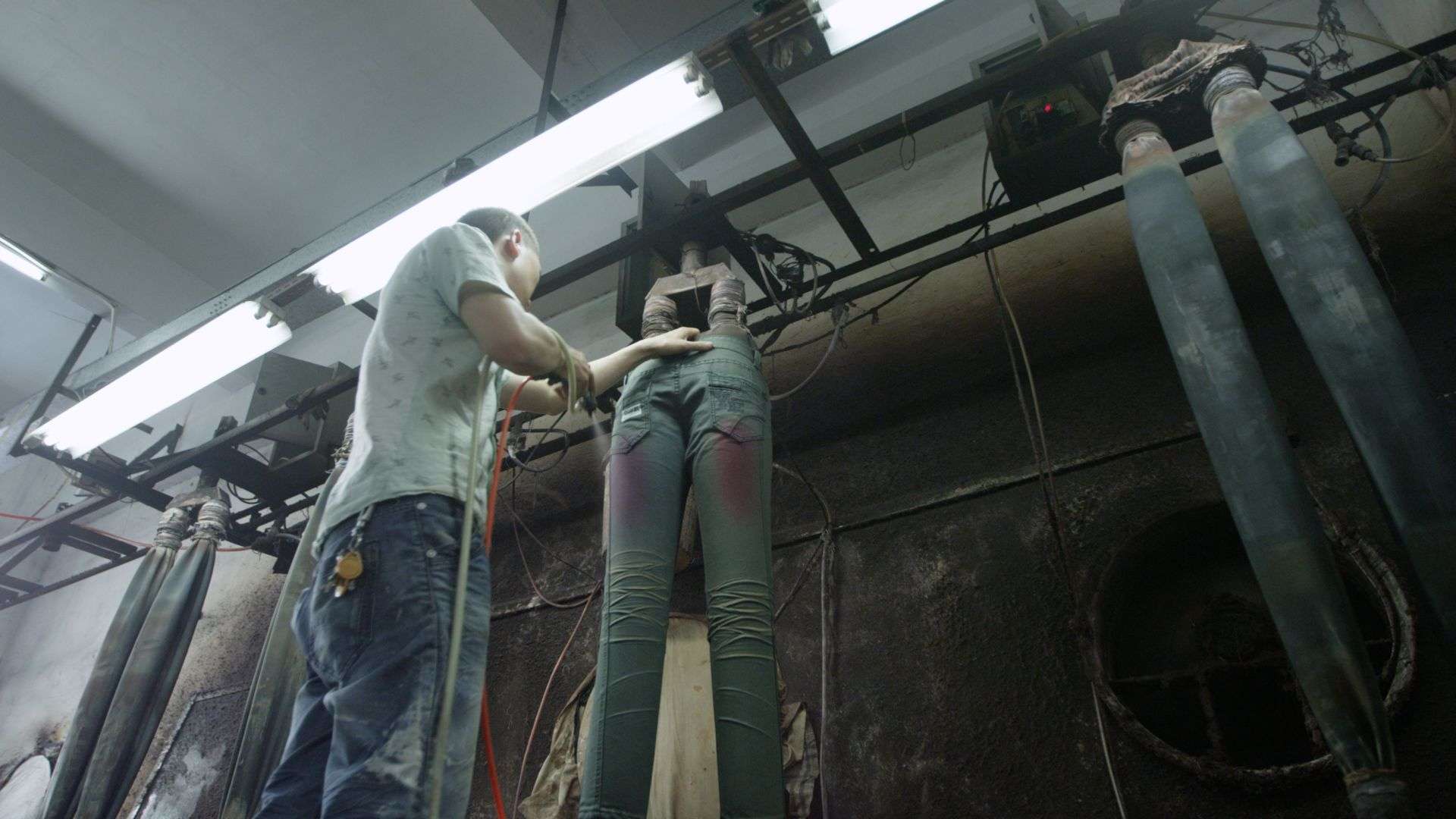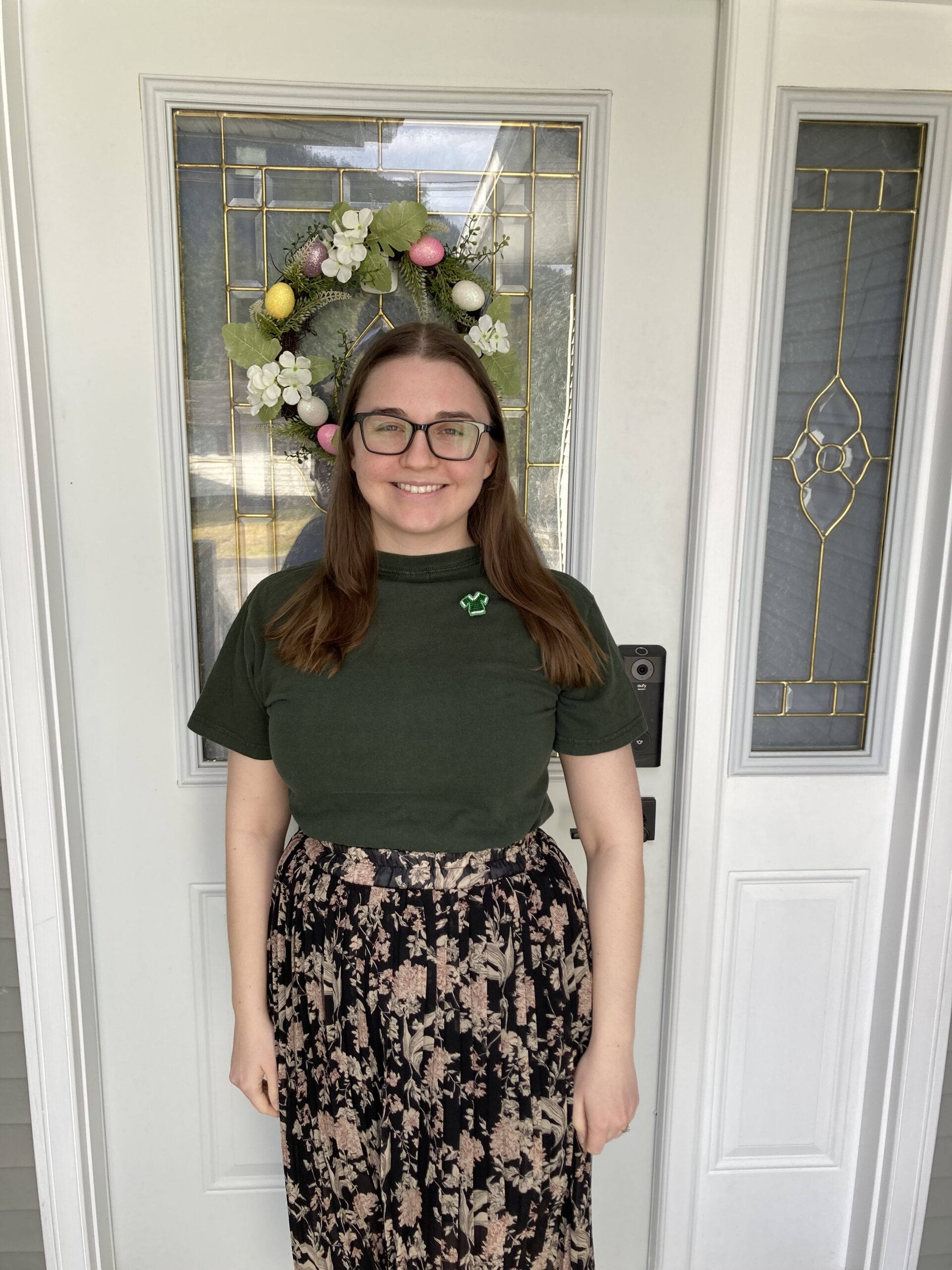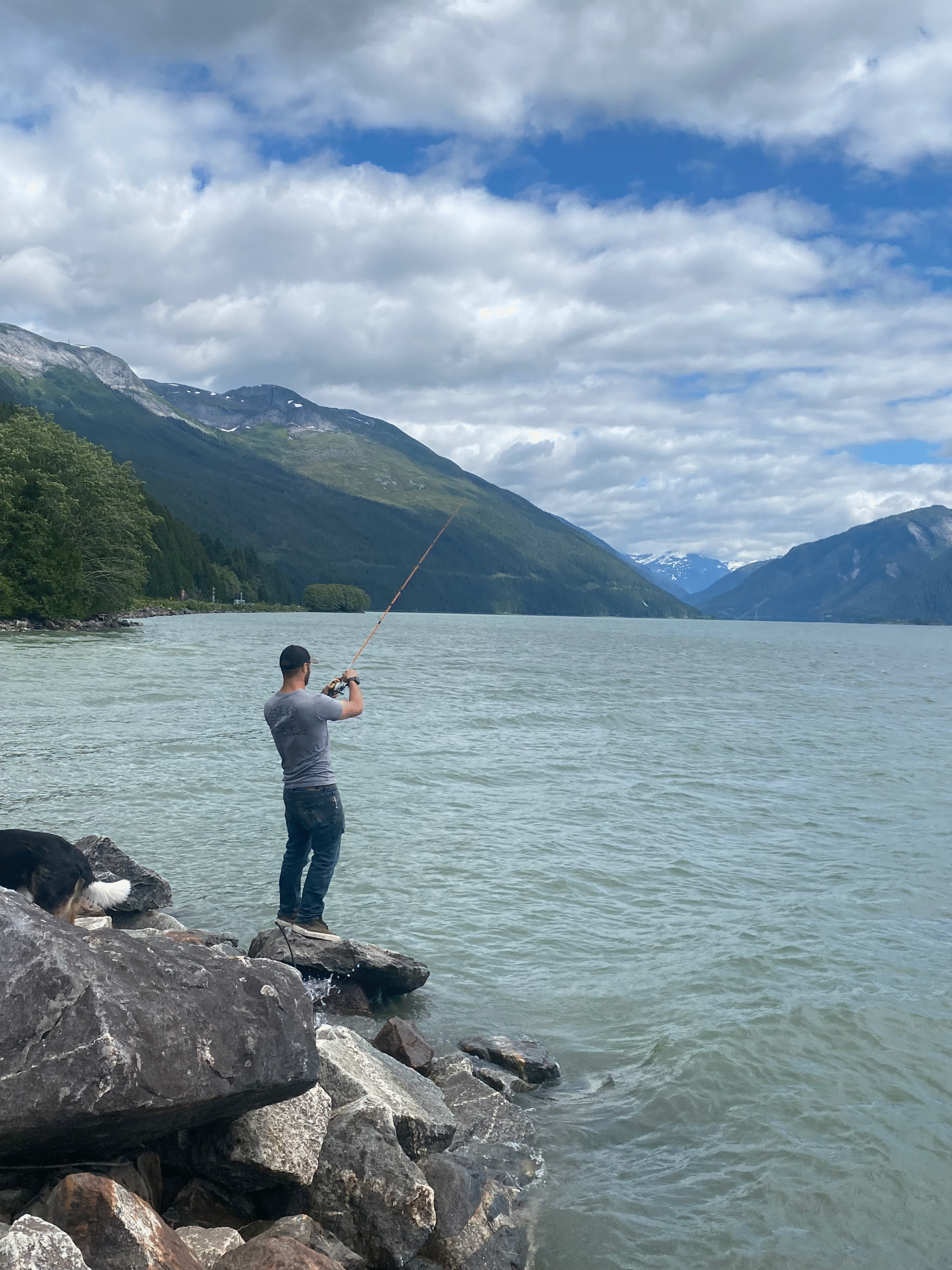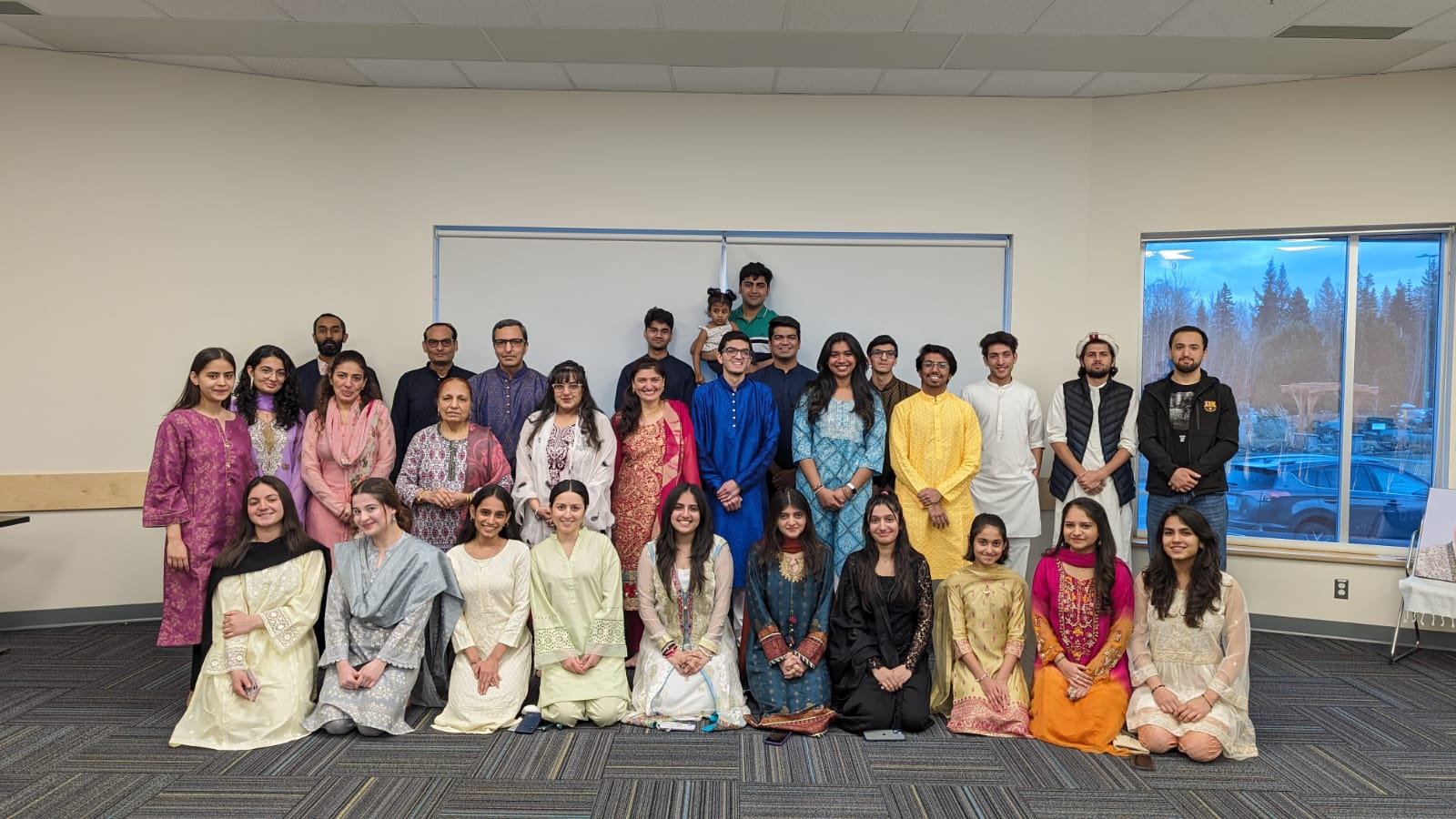The fashion industry is one of the most significant contributors to the global economy because of its immense influence on people’s lives. People might not be aware, but everyone uses fashion daily. The daily fashion influence is well explained in the movie, “The Devil Wears Prada,” when Miranda Priestly discoursed Andy Sachs in the infamous cerulean blue sweater. Miranda pointed out that Andy’s poor taste in fashion is still a fashion. It is just an out-of-style fashion.
When it comes to fashion, denim jeans are by far everyone’s favourite because of their style practicality. Statista, published in January 2022, shows that the market value for denim textiles was 21.8 billion U.S. dollars in 2020 and is expected to increase to over 26 billion U.S. dollars by 2026. The retail sales value for denim or blue jeans is projected to reach about 71.8 billion U.S. dollars by 2027 and will be worth around 87.4 billion U.S. dollars in the same year.
The documentary film, RiverBlue, released in 2017 by Canadian river conservationist and founder of World River’s Day, Mark Angelo, exposes the undisclosed environmental issues due to toxic manufacturing and inappropriate waste disposal of denim, textiles and leather goods manufacturing. Mark Angelo believes that everything we do is interconnected. The toxicity of the rivers from manufacturing companies, particularly in China, Bangladesh and India, flows out into the Arctic and the North American shores affecting polar bears, fish, whales, birds, and even human breast milk.
RiverBlue is not an anti-fashion film but rather to encourage consumers to be conscious buyers and highlight ethical consumerism choices. According to Mark Angelo, “Next to oil, fashion is the most polluting industry in the world. The impacts of the fashion industry flew under the radar. They didn’t get much attention in the media on the severity of their effects on the environment.” People love buying trends for #ootd posts on social media, unaware of the environmental issues of these low-quality and low-cost denim and fast fashion trends. People must realize that buying a five-dollar t-shirt from countries that produce fast fashion has substantial environmental, social and public health causes. That destructive cause is not incorporated into the price tag. So often, a vast ecological and social cause is attached to low-cost clothing.
Americans and Canadians throw out tons of textile waste yearly. Eighty-five percent have been in landfills, and that’s an environmental issue in its way. Every year, the average adult Canadian or American throws away about seventy pounds of textile waste. Consumers have such an impact, and it’s called conscious consumerism. Fashion is a very sensitive consumer business. As consumers, we should start asking questions about the clothes we buy. Ask the retailer how a given product was made and where it was manufactured. Is it Bluesign-approved? Bluesign is an independent eco-certification that provides ethical fashion production and oversees the whole supply chain, from raw materials to branded products. Bluesign guarantees that products with the Bluesign label are manufactured responsibly, including resource management and minimizing the negative impact on people and the environment. The financial difference between ethical clothing is a little more expensive but buying less on better quality. In other words, do we really need four or more new pairs of jeans every year? Perhaps we can buy three or two pairs of ethical and good quality jeans or clothing and use them for years. Buying vintage is also a great option or recycling them.
Ethical denim jeans can be made in many different places. Still, they go through the whole manufacturing process if it’s Bluesign-approved. Bluesign can determine whether jeans are made of an environmentally sensitive product or not. Most of the denim jeans made in China have substantial environmental impacts, such as toxic chemicals. Xintang, the blue jeans capital of the world, where the Pearl River is located, is now a dead river. There are no more fish to be caught because of the massive amount of mercury, cadmium, chromium, lead, copper and potassium permanganate. All of these chemicals and heavy metals go right into the river.
It is interesting to know that one of the most damaging products globally from a clothing perspective is distressed denim jeans. Denim jeans use chemicals and 3000 to 4000 litres of water; however, stonewashing them to give a distressed style takes much more water and chemicals. Distressed denim jeans are more stylish and cooler, but manufacturers use thousands of litres of water and potassium permanganate, an acid, to make them look distressed. Potassium permanganate is dangerous to workers and flows directly into the river. Distressed denim is particularly harmful to the environment. Yet, many consumers have no idea about its environmental footprint.
In the film, GAP and CK jeans are the primary manufacturers contributing to freshwater pollution. They are two of many unethical brands. But according to Mark Angelo, they try to focus more on providing ethical and sustainable products. He said they are also trying to let people know that there are different ways of production. For instance, Jeanologia, an outstanding company in Spain, has developed a method of stimulating the distressed look by using a laser, air, and no acid. It uses fewer chemicals and less water. Italdenim in Italy produces jeans in a friendlier way as they use a non-toxic bonding agent made from a crab’s exoskeleton. They collect discarded crab shells from a fish processing plant to make a paste called “chitosan.” It is non-toxic, natural and incredibly effective as a bonding agent that locks the colour into the denim threads reducing the number of chemicals used dramatically.
RiverBlue also featured leather production in the Buriganga River in Bangladesh. The Buriganga River is a dead river and the most toxic place on earth. The main reason is the leather district and the vast amount of chemicals flowing directly into the river. It is also an unethical production because workers walk barefoot and without gloves through enormous pools of chromium, and young workers have lost their senses. The lower Buriganga River and some side channels were the most polluted water waste. The leather products are exported and find their way into the fashion runways and stores in Europe and Asia. These leather products could be tracked right over to Robson Street in Vancouver. When consumers go and buy a pair of leather shoes that originates in the leather district in Bangladesh – they have no idea of the environmental history and the ecological footprints attached to that product.
Mark Angelo shared his experience when he bought a pair of leather shoes in Spain. He said, “That’s another area where we can improve how we look at leathers. I looked into how the leather was made. I ensured that the waste was from a company operating in Europe, where the waste was captured and treated.” He pointed out that the workman’s compensation rule in Spain, where they have to wear the right equipment like gloves to protect themselves, is an excellent example of ethical production. He is optimistic that consumers will see tremendous advancements in faux leather in the future. Some fantastic products regarding faux leather are made from mushrooms and pineapple.
It’s now 2022, but it seems like nothing has changed. While CK jeans improved slightly but were not good enough, GAP is still on the list. The devastating truth is that more brands like Shein, Uniqlo and Amazon distribution-related and brand-less products are exploding into unethical manufacturing and production. Unethical consumerism is getting worst because of social media’s addictive temporary “feeling great” satisfaction from likes and egotistical fishing comments. The never-ending Reels and TikTok trends of what to wear or unboxing a new product attracts consumers to be apathetic to the manufacturing process and its toxic environmental cause. Mark Angelo continues his environmental and river conservation campaign in his newly released documentary film, Last Paddle? 1000 Rivers, 1 Life.





